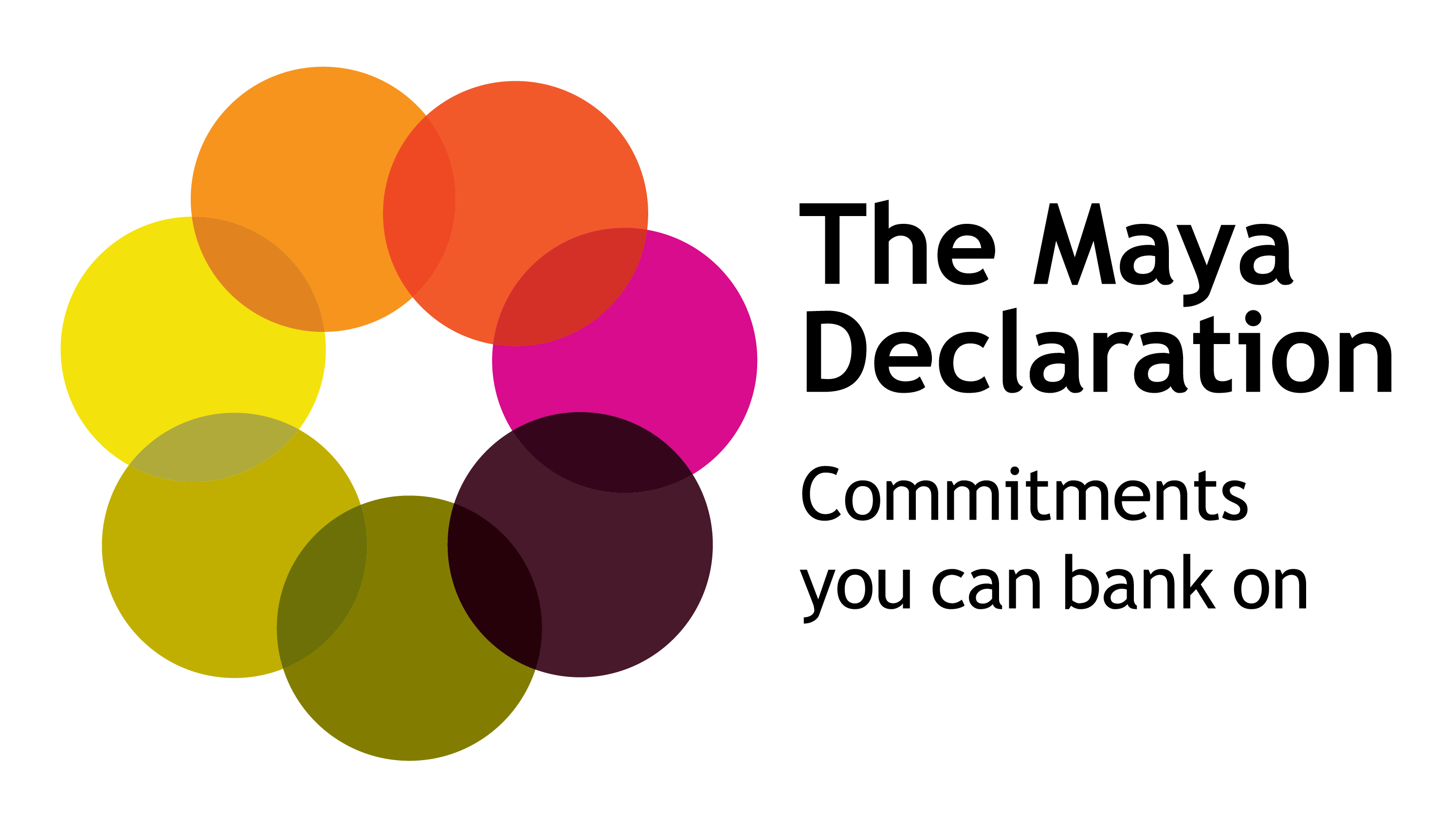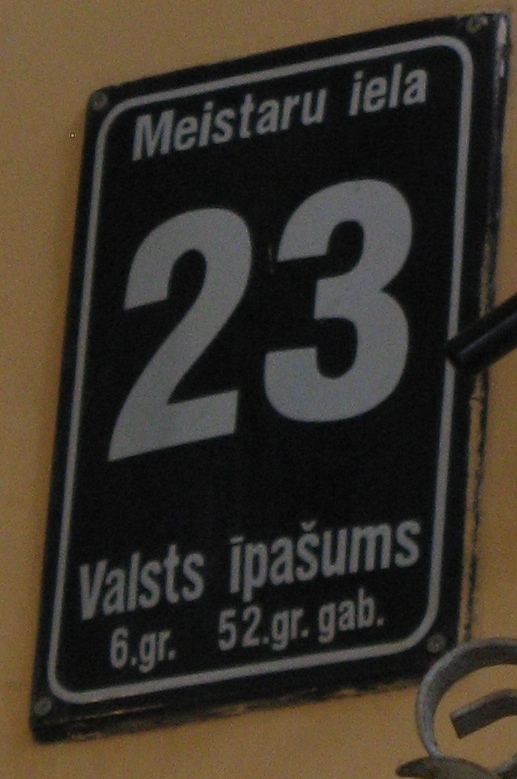|
Bank Of Namibia
The Bank of Namibia (BoN) is the central bank of Namibia, whose establishment is enshrined in Article 128 of the Namibian Constitution. It is located in the capital city of Windhoek. The Bank of Namibia was established in 1990 by the ''Bank of Namibia Act, 1990'' (Act 8 of 1990). The Bank of Namibia is the only institution that is permitted to issue the Namibian dollar by authority that has been given to it under an Act of the Namibian Parliament. The head of the Bank of Namibia is the Governor of the Bank of Namibia. Governors The Governors to date have been: * Wouter Benard (16 June 1990 - 31 August 1991) * Erik Lennart Karlsson (1 September 1991 - 31 December 1993) * Jaafar bin Ahmad (1 January 1994 - 31 December 1996) * Tom Alweendo (1 January 1997 - 25 March 2010) * Ipumbu Shiimi (25 March 2010 - 1 June 2020) * Johannes !Gawaxab (1 June 2020 - present) The bank is engaged in policies to promote financial inclusion and is a member of the Alliance for Financial Inclus ... [...More Info...] [...Related Items...] OR: [Wikipedia] [Google] [Baidu] |
Government Of Namibia
The government of Namibia consists of the executive, the legislative and the judiciary branches. The Cabinet is the executive organ of government, implementing the laws of the country. It consists of the president, the prime minister and his deputy, as well as the ministers of the Cabinet of Namibia. The legislative organs of government are the National Council and the National Assembly. They make the laws of the country. The judiciary organs of government are the courts. The highest court of Namibia is the Supreme Court. There are also the high courts and lower courts. The Namibian government is partly centralised and partly regional. In the executive branch, central government consists of ministries, offices and agencies, whereas regional government consists of regional councils, and constituencies within these. The legislation is centralised in the lower house (National Assembly), and regional in the upper house (National Council). The judiciary is centralised in the Suprem ... [...More Info...] [...Related Items...] OR: [Wikipedia] [Google] [Baidu] |
Alliance For Financial Inclusion
The Alliance for Financial Inclusion (AFI) is a policy leadership alliance owned and led by member central banks and financial regulatory in developing countries with the objective of advancing financial inclusion. As of February 2025, AFI had 90 members from 83 countries developing and emerging economies, representing central banks, financial regulatory institutions, and financial inclusion policymakers. AFI partners with regulators in advanced economies, international organizations and private sector leaders to drive practical solutions and facilitate the implementation of impactful policy changes through its cooperative model that embeds peer learning, knowledge exchange and peer transformation. AFI was founded on the idea that a global knowledge exchange platform was key to expanding and improving financial inclusion policies. AFI connects, encourages and enables policymakers to build capacity and develop policy initiatives in areas of financial technology (fintech), consumer ... [...More Info...] [...Related Items...] OR: [Wikipedia] [Google] [Baidu] |
Banks Of Namibia
A bank is a financial institution that accepts deposits from the public and creates a demand deposit while simultaneously making loans. Lending activities can be directly performed by the bank or indirectly through capital markets. As banks play an important role in financial stability and the economy of a country, most jurisdictions exercise a high degree of regulation over banks. Most countries have institutionalized a system known as fractional-reserve banking, under which banks hold liquid assets equal to only a portion of their current liabilities. In addition to other regulations intended to ensure liquidity, banks are generally subject to minimum capital requirements based on an international set of capital standards, the Basel Accords. Banking in its modern sense evolved in the fourteenth century in the prosperous cities of Renaissance Italy but, in many ways, functioned as a continuation of ideas and concepts of credit and lending that had their roots in the ancie ... [...More Info...] [...Related Items...] OR: [Wikipedia] [Google] [Baidu] |
Banks Established In 1990
A bank is a financial institution that accepts Deposit account, deposits from the public and creates a demand deposit while simultaneously making loans. Lending activities can be directly performed by the bank or indirectly through capital markets. As banks play an important role in financial stability and the economy of a country, most jurisdictions exercise a high degree of Bank regulation, regulation over banks. Most countries have institutionalized a system known as fractional-reserve banking, under which banks hold liquid assets equal to only a portion of their current liabilities. In addition to other regulations intended to ensure accounting liquidity, liquidity, banks are generally subject to minimum capital requirements based on an international set of capital standards, the Basel Accords. Banking in its modern sense evolved in the fourteenth century in the prosperous cities of Renaissance Italy but, in many ways, functioned as a continuation of ideas and concepts o ... [...More Info...] [...Related Items...] OR: [Wikipedia] [Google] [Baidu] |
Central Banks
A central bank, reserve bank, national bank, or monetary authority is an institution that manages the monetary policy of a country or monetary union. In contrast to a commercial bank, a central bank possesses a monopoly on increasing the monetary base. Many central banks also have supervisory or regulatory powers to ensure the stability of commercial banks in their jurisdiction, to prevent bank runs, and, in some cases, to enforce policies on financial consumer protection, and against bank fraud, money laundering, or terrorism financing. Central banks play a crucial role in macroeconomic forecasting, which is essential for guiding monetary policy decisions, especially during times of economic turbulence. Central banks in most developed nations are usually set up to be institutionally independent from political interference, even though governments typically have governance rights over them, legislative bodies exercise scrutiny, and central banks frequently do show responsivenes ... [...More Info...] [...Related Items...] OR: [Wikipedia] [Google] [Baidu] |
Government-owned Companies Of Namibia
State ownership, also called public ownership or government ownership, is the ownership of an industry, asset, property, or enterprise by the national government of a country or state, or a public body representing a community, as opposed to an individual or private party. Public ownership specifically refers to industries selling goods and services to consumers and differs from public goods and government services financed out of a government's general budget. Public ownership can take place at the national, regional, local, or municipal levels of government; or can refer to non-governmental public ownership vested in autonomous public enterprises. Public ownership is one of the three major forms of property ownership, differentiated from private, collective/cooperative, and common ownership. In market-based economies, state-owned assets are often managed and operated as joint-stock corporations with a government owning all or a controlling stake of the company's shares. Thi ... [...More Info...] [...Related Items...] OR: [Wikipedia] [Google] [Baidu] |
List Of Central Banks
This is a list of central banks. Central banks by alphabetical order This is a list of central banks. Countries that are only partially recognized internationally are marked with an asterisk (*). Major central banks by currency allocation percentage of worldwide foreign exchange reserves Source: World Currency Composition of Official Foreign Exchange Reserves, International Monetary Fund Former central banking jurisdictions * – Bank of Amsterdam (1609–1791) * – Taula de canvi de Barcelona (1401–1714) * – East African Currency Board (1919–1966) * – (''Hrvatska Državna Banka'', 1941–1945) * – National Bank of Czechoslovakia (1926–1939 and 1945–1950) and State Bank of Czechoslovakia (1950–1992) * – Frankfurter Bank (1854–1875) * – Bank of Saint George (1407–1805) * – Deutsche Notenbank (1948–1968) and Staatsbank der DDR (1968–1990) * – Hamburger Bank (1619–1875) * – Bank of Chōsen (1909–1950) * – Cent ... [...More Info...] [...Related Items...] OR: [Wikipedia] [Google] [Baidu] |
List Of Central Banks Of Africa
There are two African currency unions associated with multinational central banks; the West African Banque Centrale des États de l'Afrique de l'Ouest (BCEAO) and the Central African Banque des États de l'Afrique Centrale (BEAC). Members of both currency unions use the CFA Franc as their legal tender. Below is a list of the central banks and currencies of Africa. See also * Africa * Economy of Africa * United Nations Economic Commission for Latin America and the Caribbean * List of African stock exchanges * List of currencies in Africa References World Economic Outlook Database, October 2012 International Monetary Fund. Accessed on October 10, 2013. {{DEFAULTSORT:Central Banks And Currencies Of Africa Africa-related lists Central banks, Currencies of Africa ... [...More Info...] [...Related Items...] OR: [Wikipedia] [Google] [Baidu] |
Economy Of Namibia
The economy of Namibia has a modern market sector, which produces most of the country's wealth, and a traditional subsistence sector. Although the majority of the population engages in subsistence agriculture and herding, Namibia has more than 200,000 skilled workers and a considerable number of well-trained professionals and managerials. Overview Namibia is a higher-middle-income country with an annual GDP per capita of N$79,431 in 2022, but has extreme inequalities in income distribution and standard of living. It has the second-highest Gini coefficient out of all nations, with a coefficient of 59.1 as of 2015. Only South Africa has a higher Gini coefficient. However, this statistic may be misleading, as many Namibians in rural areas such as the northern regions do not live on the monetary system are self-sustainable with agriculture and farming. Since independence, the Politics of Namibia, Namibian Government has pursued free-market economic principles designed to promote co ... [...More Info...] [...Related Items...] OR: [Wikipedia] [Google] [Baidu] |
Fintech Industry Examiner
Financial technology (abbreviated as fintech) refers to the application of innovative technologies to products and services in the financial industry. This broad term encompasses a wide array of technological advancements in financial services, including mobile banking, online lending platforms, digital payment systems, robo-advisors, and blockchain-based applications such as cryptocurrencies. Financial technology companies include both startups and established technology and financial firms that aim to improve, complement, or replace traditional financial services. Evolution The evolution of financial technology spans over a century, marked by significant technological innovations that have revolutionized the financial industry. While the application of technology to finance has deep historical roots, the term "financial technology" emerged in the late 20th century and gained prominence in the 1990s. The earliest documented use of the term dates back to 1967, appearing in an ... [...More Info...] [...Related Items...] OR: [Wikipedia] [Google] [Baidu] |
Unified Payments Interface
Unified Payments Interface, commonly known as UPI is an Indian instant payment system as well as protocol developed by the National Payments Corporation of India (NPCI) in 2016. The interface facilitates inter-bank peer-to-peer (P2P) and person-to-merchant (P2M) transactions. It is used on mobile devices to instantly transfer funds between two bank accounts using only a unique UPI ID. It runs as an open source application programming interface (API) on top of the Immediate Payment Service (IMPS), and is regulated by the Reserve Bank of India (RBI). Major Indian banks started making their UPI-enabled apps available to customers in August 2016 and the system is today supported by almost all Indian banks. As of 2025, the platform had over 500 million active users in India. In May 2025, 18.67 billion UPI transactions worth ₹ 25.14 trillion (approx. 293 billion USD) were processed by the UPI system, equivalent to almost 7,000 transactions on average every second. The widespre ... [...More Info...] [...Related Items...] OR: [Wikipedia] [Google] [Baidu] |
National Payments Corporation Of India
National Payments Corporation of India (NPCI) is an Indian public sector company that operates retail payments and settlement systems in India. The organization is an initiative of the Reserve Bank of India (RBI) and the Indian Banks' Association (IBA) under the provisions of the Payment and Settlement Systems Act, 2007, for creating a robust payment and settlement infrastructure in India. Organisation Founded in December 2008, the NPCI is a not-for-profit organisation registered under Section 8 of the Companies Act 2013, established by the Reserve Bank of India and the Indian Banks' Association. The organisation is owned by a consortium of major banks, and has been promoted by the country's central bank, the Reserve Bank of India. The NPCI was incorporated in December 2008 and the Certificate of Commencement of Business was issued in April 2009. The authorised capital has been pegged at and paid-up capital is . Initially, there were ten promoter banks viz. State Bank of ... [...More Info...] [...Related Items...] OR: [Wikipedia] [Google] [Baidu] |






